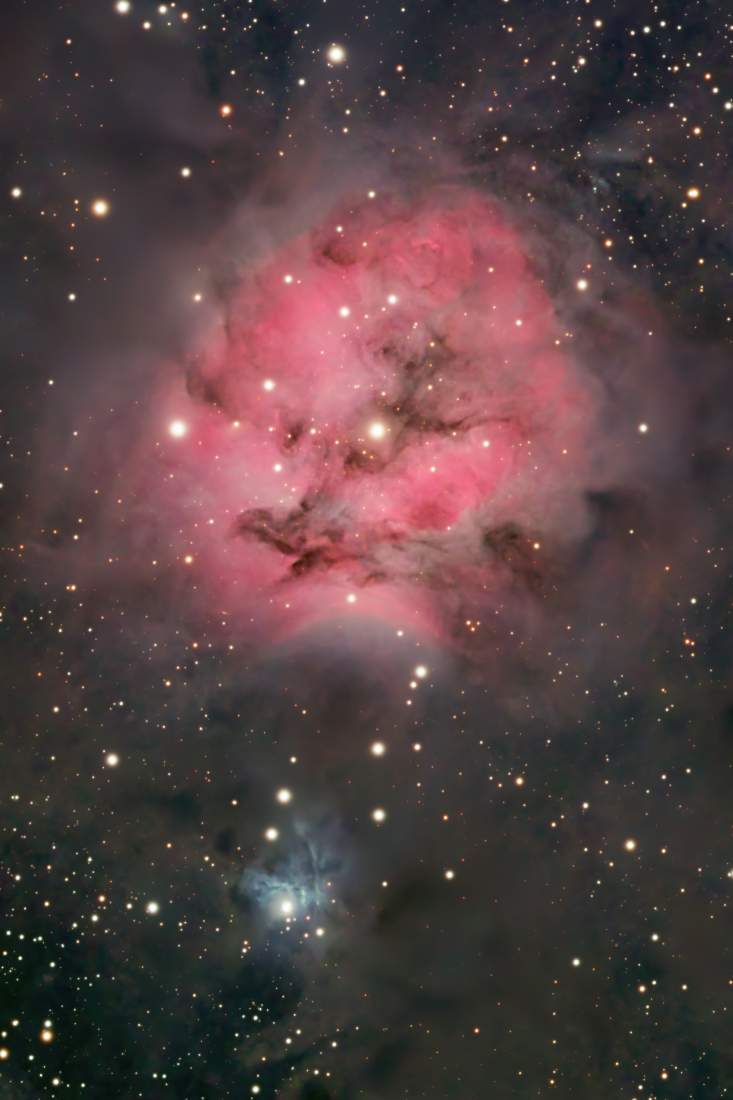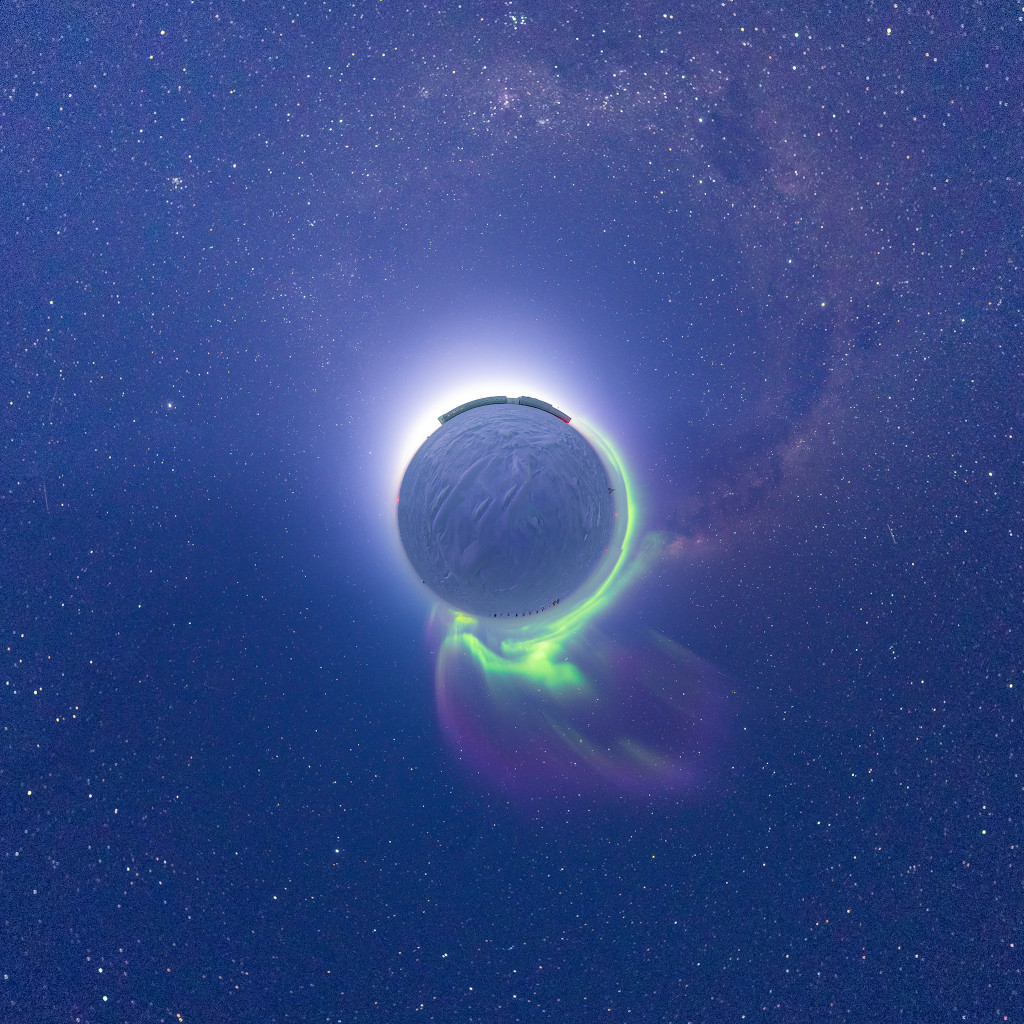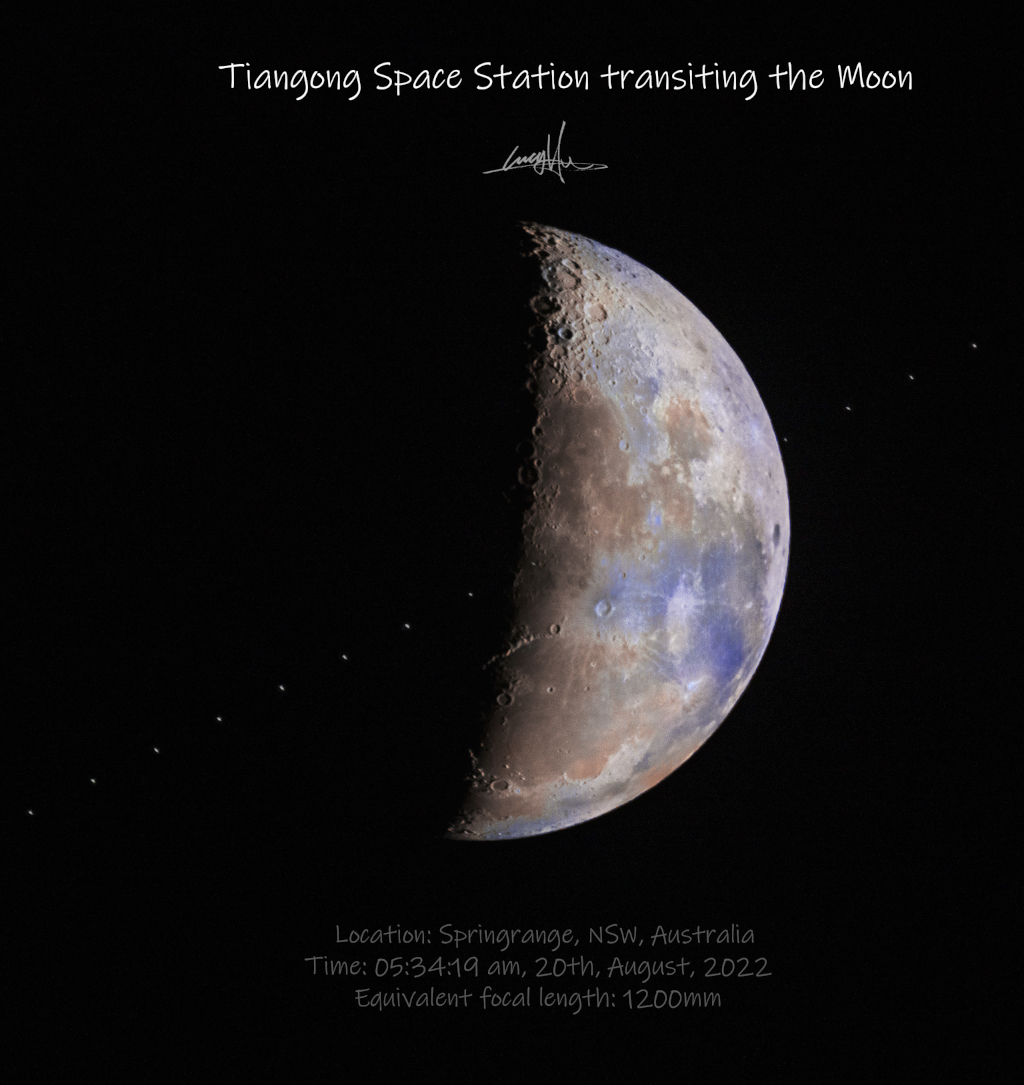안녕하세요, 잡학다식 입니다. 오늘은 과연 나사에서 어떤 방식으로 우주의 형상을 표현해 줄까요?
우선 이미지부터 볼 수 있도록 하겠습니다

해당 사진의 이름은 IC 5146: The Cocoon Nebula 인데요 우선 NASA에서 공식적으로 발표한 설명들을 확인해 보겠습니다
Inside the Cocoon Nebula is a newly developing cluster of stars. Cataloged as IC 5146, the beautiful nebula is nearly 15 light-years wide. Climbing high in northern summer night skies, it's located some 4,000 light years away toward the constellation Cygnus the Swan. Like other star forming regions, it stands out in red, glowing, hydrogen gas excited by young, hot stars, and dust-reflected starlight at the edge of an otherwise invisible molecular cloud. In fact, the bright star found near the center of this nebula is likely only a few hundred thousand years old, powering the nebular glow as it clears out a cavity in the molecular cloud's star forming dust and gas. A 29 hour long integration with a small telescope from Ayr, Ontario, Canada resulted in this exceptionally deep color view tracing tantalizing features within and surrounding the dusty stellar nursery.
이번에도 광활한 우주 앞에 인간이 얼마나 작은 존재인지 다시 한번 알게 되는것 같습니다
저는 내일도 더 좋은 사진과 함께 돌아오겠습니다, 그럼 행목한 하루 되시길 바랍니다
'과학상식' 카테고리의 다른 글
| NASA 나사의 오늘의 이미지들 (2022-08-29) (0) | 2022.08.30 |
|---|---|
| NASA 나사의 오늘의 이미지들 (2022-08-28) (0) | 2022.08.29 |
| NASA 나사의 오늘의 이미지들 (2022-08-26) (0) | 2022.08.27 |
| NASA 나사의 오늘의 이미지들 (2022-08-25) (0) | 2022.08.26 |
| NASA 나사의 오늘의 이미지들 (2022-08-24) (0) | 2022.08.25 |

